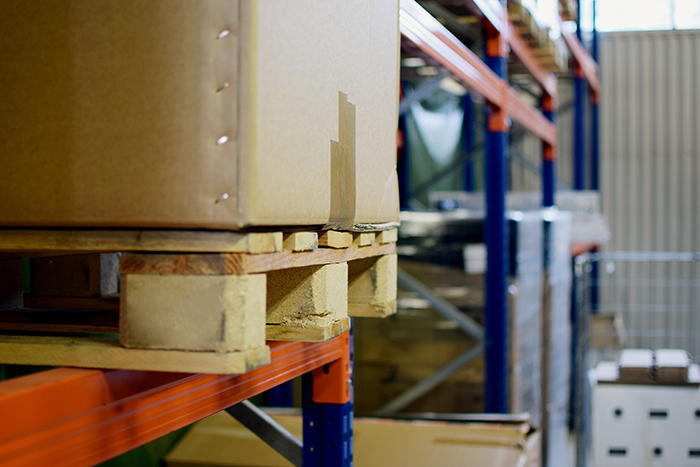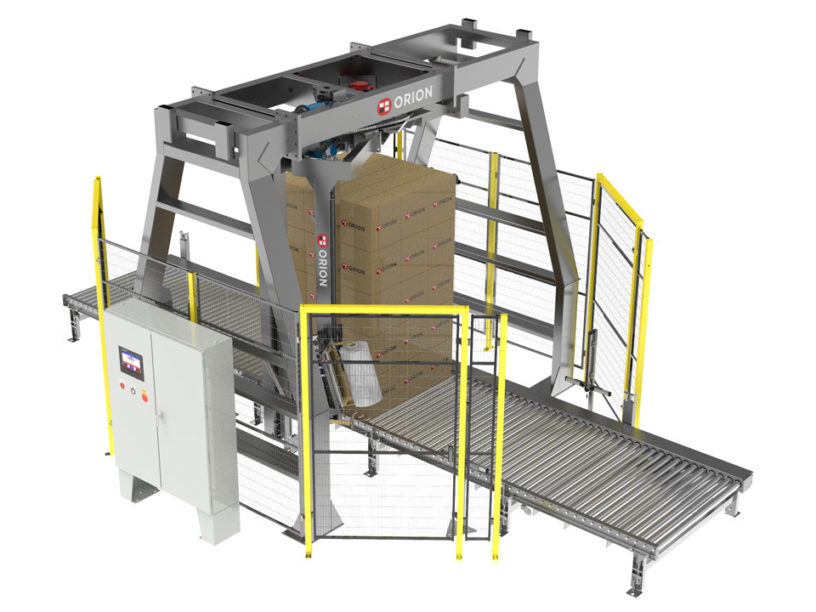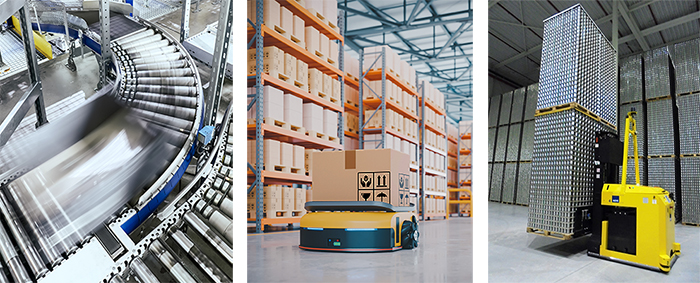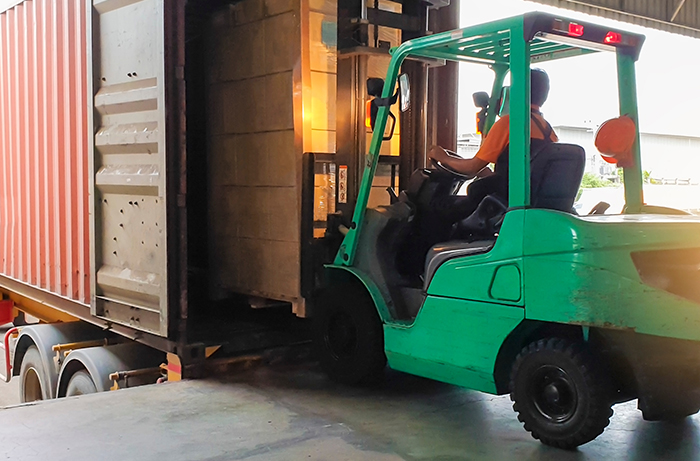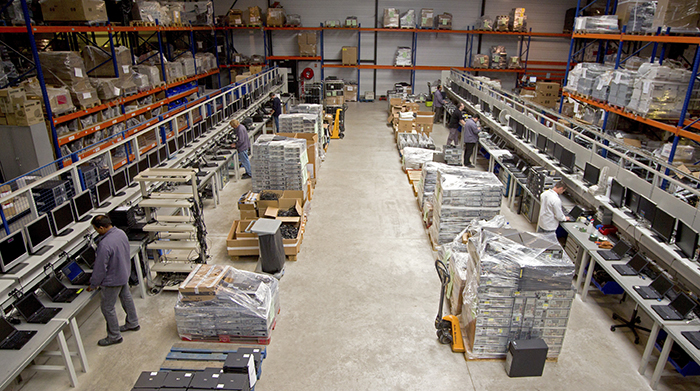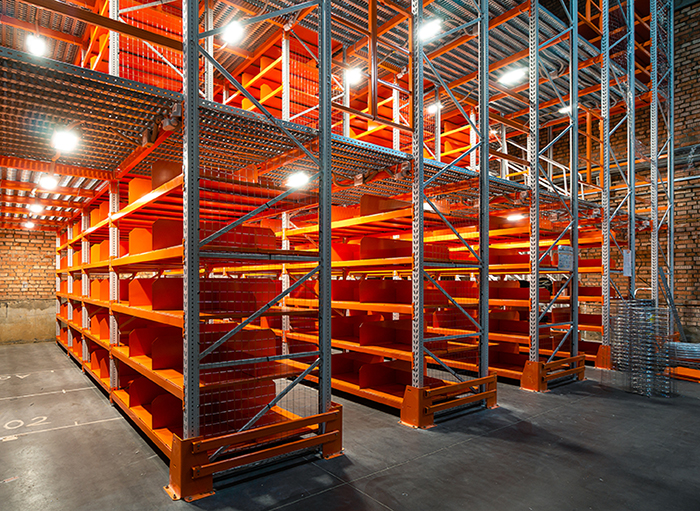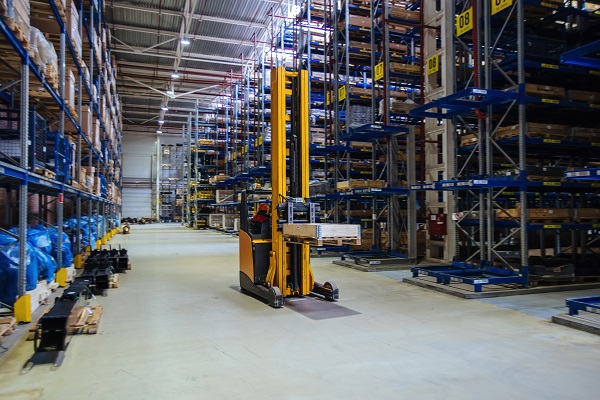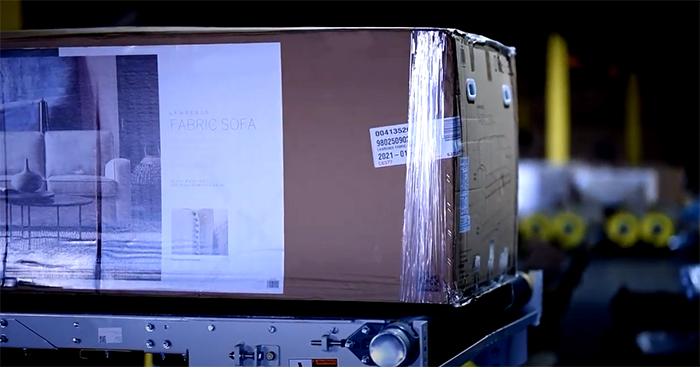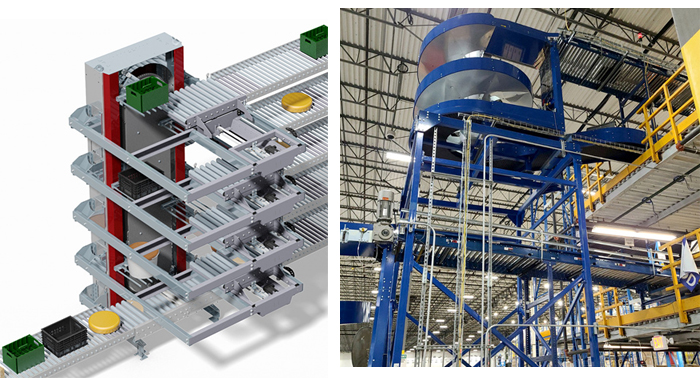
High-velocity order picking operations frequently need to transport cartons vertically–on and off mezzanines or pick modules, into workstations, onto work platforms, over traffic aisles or to merge with overhead conveyor lines. You can accomplish this with incline conveyors, vertical package lifts, spiral conveyors, automated package lifts and manual methods. Each method has its limitations and its advantages.




